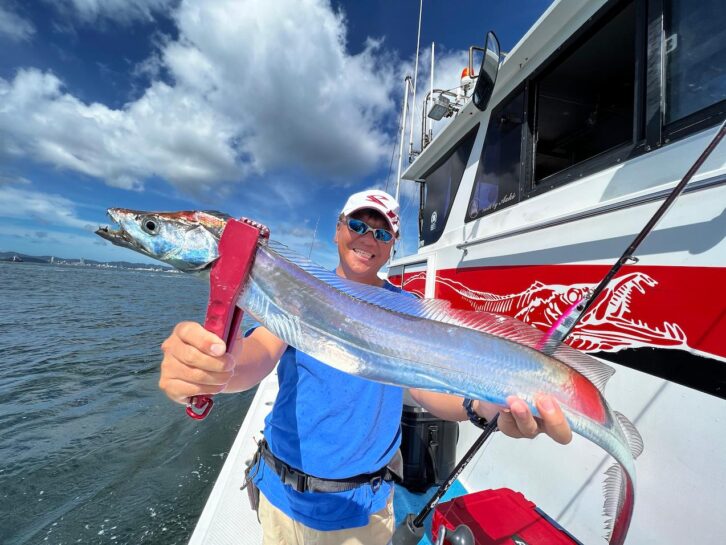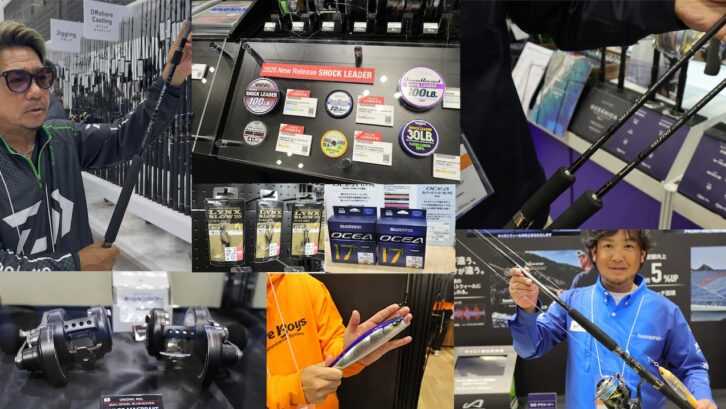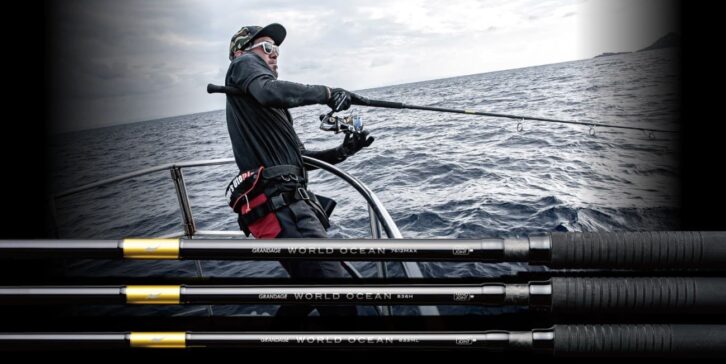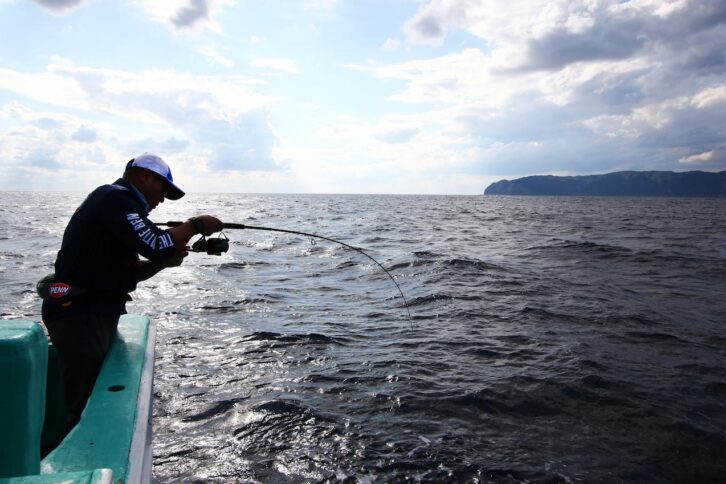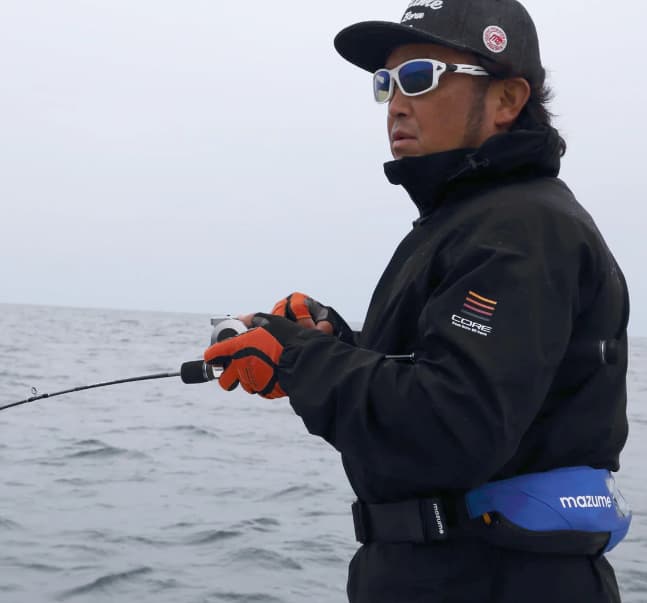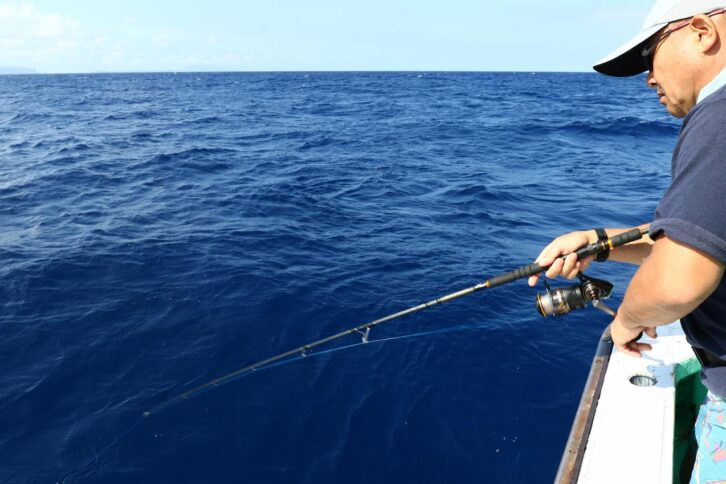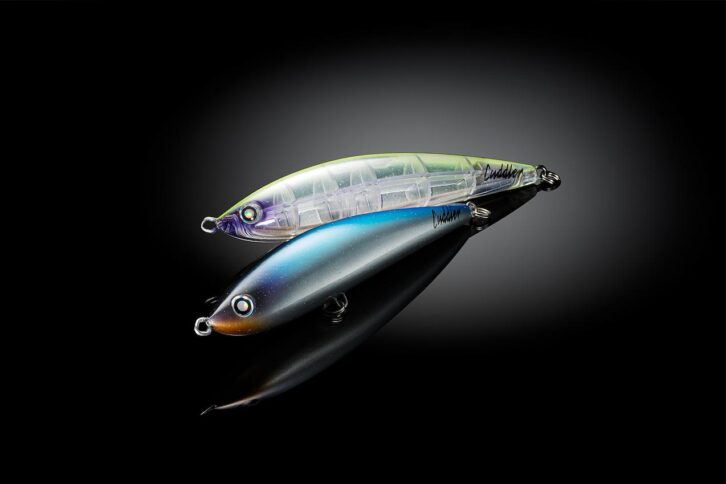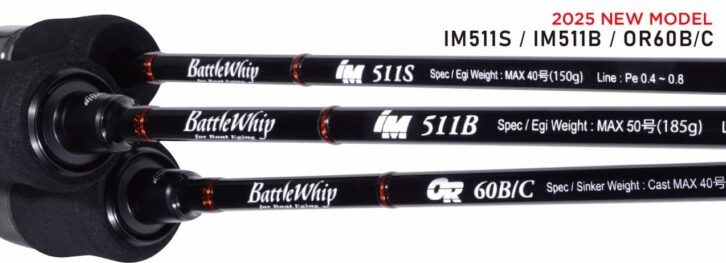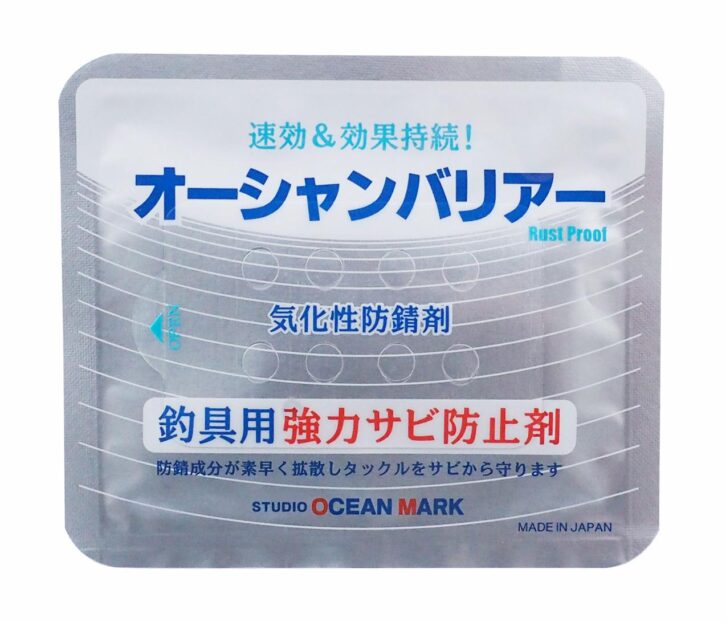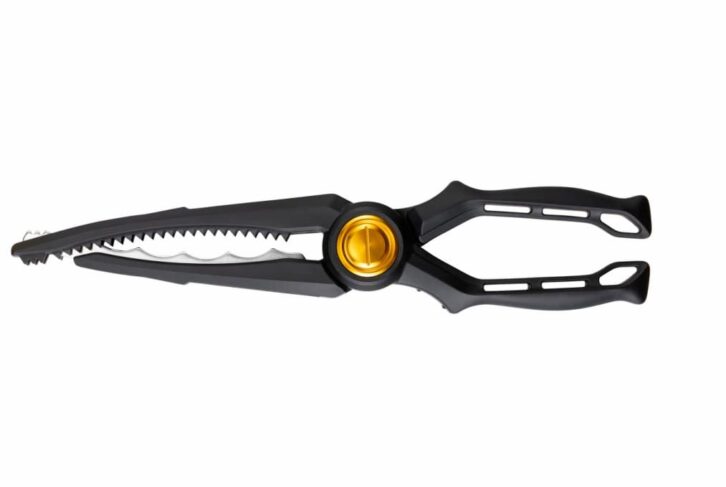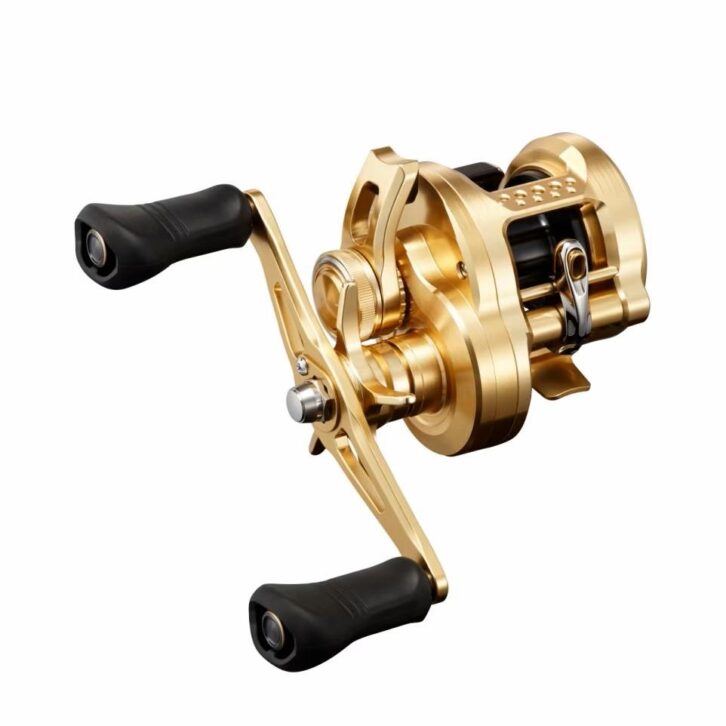Sea Lions Eating Hiramasa Game
A personal record of over 33.7 kg hit!
One of the dreams of offshore anglers is a big game of sunfish. Casting for sunfish is an exciting game where anglers can see the moment of the hit. The sense of urgency of dodging roots and facing fish in shallow water. These are what attract many anglers. In northern Kyushu, anglers can target big-sized sunfish from fall through the end of the year, when they target large baits such as dace and datu, along with springtime massasa that are about to spawn. And then, a sunfish weighing over 30 kg showed up!
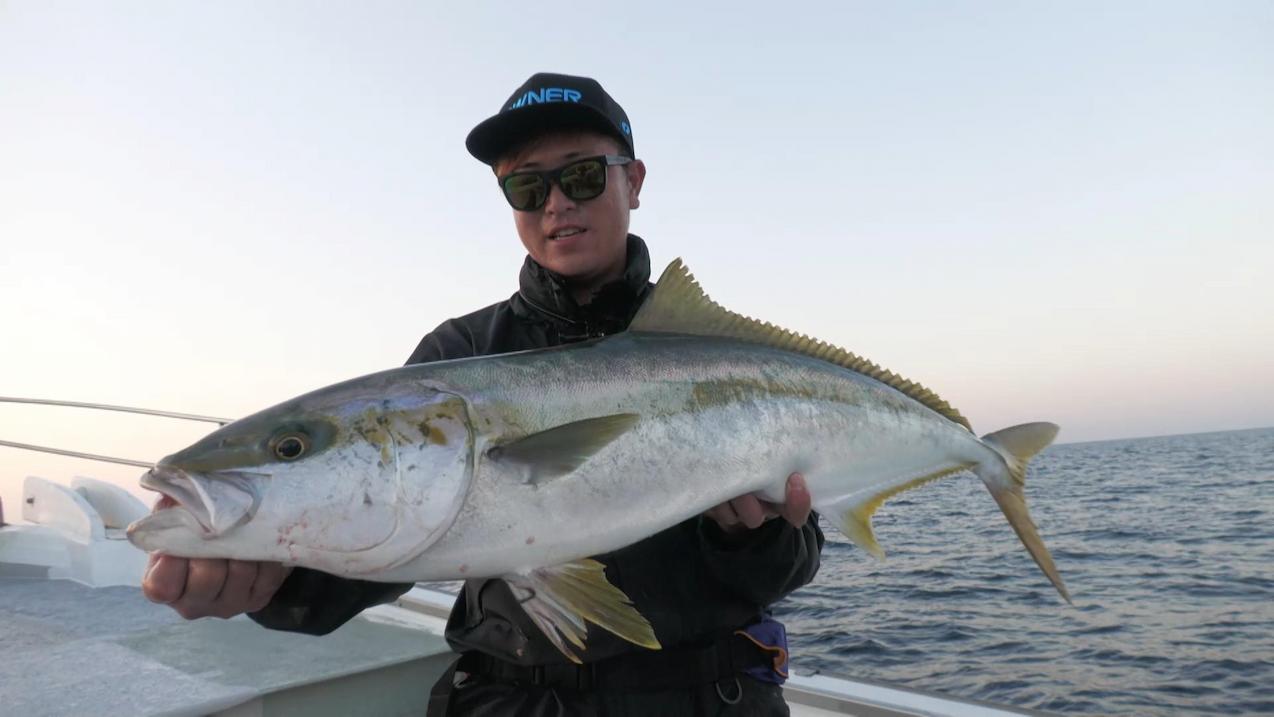
INDEX
The season of the fishing grounds in northern Kyushu is in full swing!
Shota Koga visited the waters off Hirado, Nagasaki Prefecture, for the “Lure Paradise Kyushu TV” report this time. Koga, who lives in Fukuoka and makes this area his home, caught his personal record 33.7 kg of fish just one year ago. This time, he was aiming to surpass that record by catching a sunfish.
Last week, Mr. Koga caught an 11 kg sunfish when he was out on the boat. At that time, he said, he was being chased by the dolphinfish that the sunfish are preying on this time of year. The best time to fish is in the morning. He said it was important to get into a good spot at this time and fish with full concentration from the start. The boat then left the harbor and ran in a straight line to the point.
Mr. Koga spoke of his impression when he arrived at the first point.
The tide is slow,” he said. You can faintly see the tide line, but I would like to see it more clearly. The sun is still rising, just before sunrise. I’d like to catch them at this time of day.”
At the end of the leader of the tackle in his hand is a pencil bait. After a few casts, he increased the size of the lure by 5 cm while checking the relationship between the tide and the wind. The hook attached to this lure was a Cartiva ST-66 #5/0. Considering the size of the lure, the hook selection was a little large, but I was aiming for a fish over 30 kg. When casting for big-sized sunfish in the fall, we often target mainly shallow areas.
The point is where the rapids are rising. When the tide hits there and the tide rises, that’s where you want to target. Fish often appear in front of the rapids. I try to focus on that area. I adjust my casting distance and angle so that the lure reaches this point as quickly as possible. However, right now the tide and wind are not matching. The tide is winning right now, so it’s difficult to get the lure to the point efficiently,” Koga quipped. There was no response from fish at the first point, so we decided to move on to the next point.

A dolphinfish jumps after a giant sunfish. The key to success is to place the lure right in front of the sunfish just before the sunfish takes the dolphinfish’s mouth.
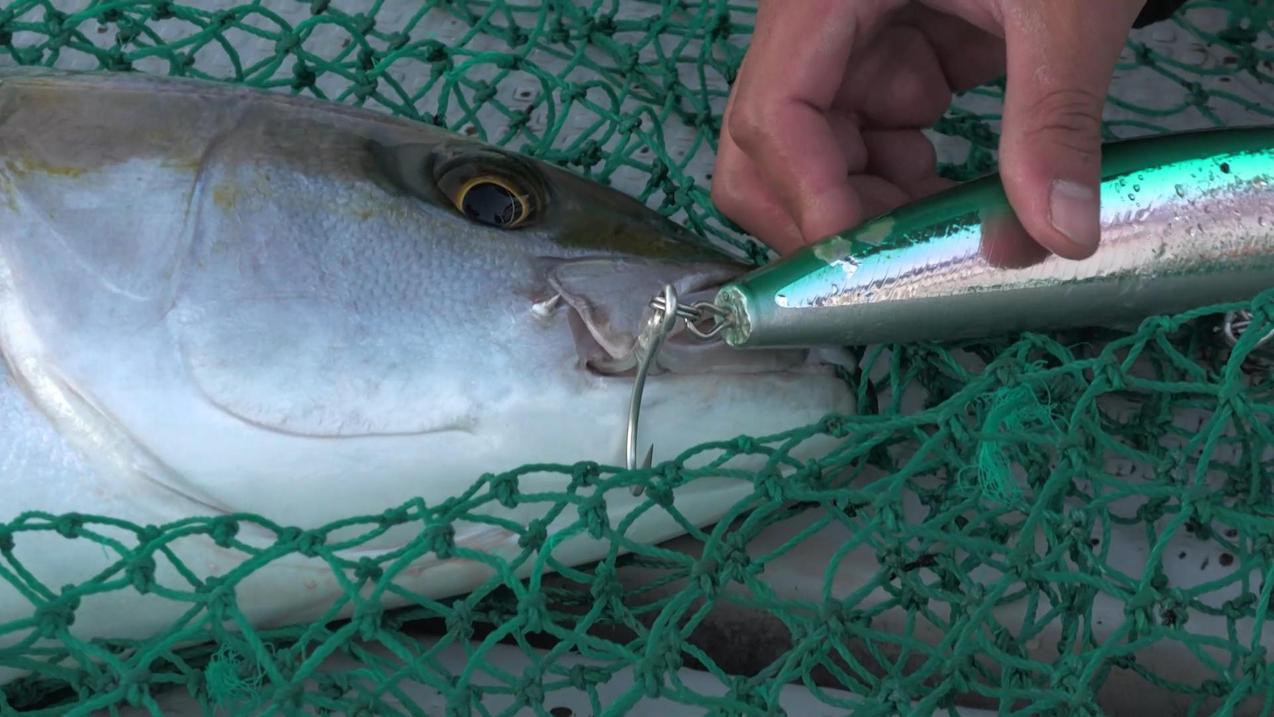
It was hard to focus on the target because of the wide area of boils, but we caught a sunfish, weighing 6 or 7 kg. The size was 6 or 7 kg, and the Cartiva STX-68 #5/0 was stuck firmly near the canoe.
A great number of dolphinfish in front of us!
The tide was flowing well at the next point, and the tide line was clear, so we could expect a lot. As we approached the tide line, our hearts began to beat faster.
It looks like it will appear,” said the angler. I fished the tide line, changing the angle of my cast in order to focus on the tide line. However, since sunfish sometimes appear after the tide line, it is important to keep casting until the captain gives the signal. However, although the atmosphere at this point was good, we didn’t catch any fish.
We headed for the next point. Then, we spotted a dolphinfish on the move. We decided to try to catch a sunfish, as it might be close to the sunfish. The next moment, we saw a large number of dolphinfish bouncing on the surface of the sea in front of the boat, chased by the dolphinfish. It was just before the end of the tide.
However, the area where the dolphinfish jumped was too wide for us to aim at. I chose a large lure to match the size of the dolphinfish, and quickly reeled the lure on the surface of the water to produce the dolphinfish running away from me. However, there was no response from the sunfish even though I searched widely.
After that, we explored several points, but there was no reaction of sunfish, although there was a reaction of yazu, and the time for the end was approaching. Our last point was Koshiki Sanjo, which is considered a sanctuary for sunfish. When we arrived at the point and looked around, there were no boils so far. While we were casting, we kept looking around, looking for boilies. Then, as the sun began to set, signs of sunfish began to thicken.
However, even though I put my lure in the midst of a sea lion’s nabula, it did not bite. Soon it was sunset. Just as we were wondering if we would end up with no sunfish today, we finally got a hit! The sunfish we caught weighed 6 or 7 kg, and a Cartiva STX-68 #5/0 was stuck firmly near the canoe.
Koga’s face relaxed as he caught his first sunfish of the day: “While I was reeling the lure in fast, a sunfish was chasing behind me, so I slowed down a little and it bit. This fish was the last of the day.
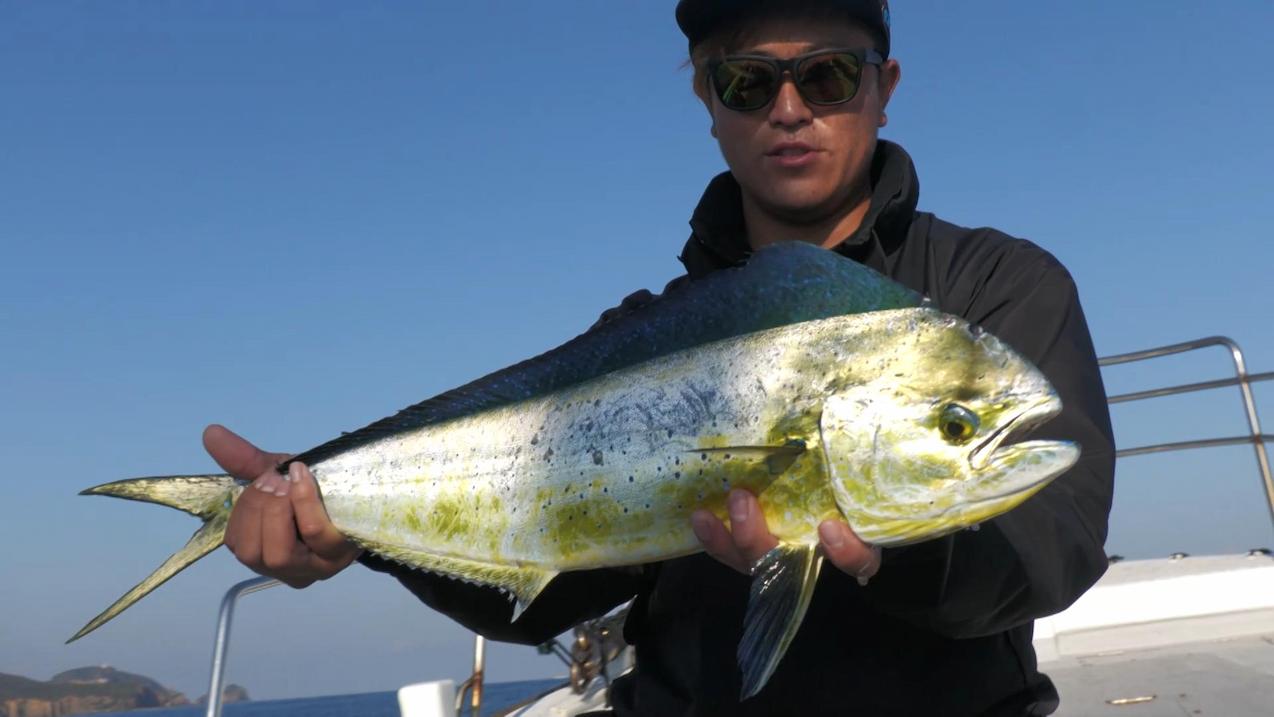
A dolphinfish, which was preying on the sunfish, hit the lure. A dolphinfish of this size is sometimes found bent over in the stomach of a 15- to 20-kg class sunfish.
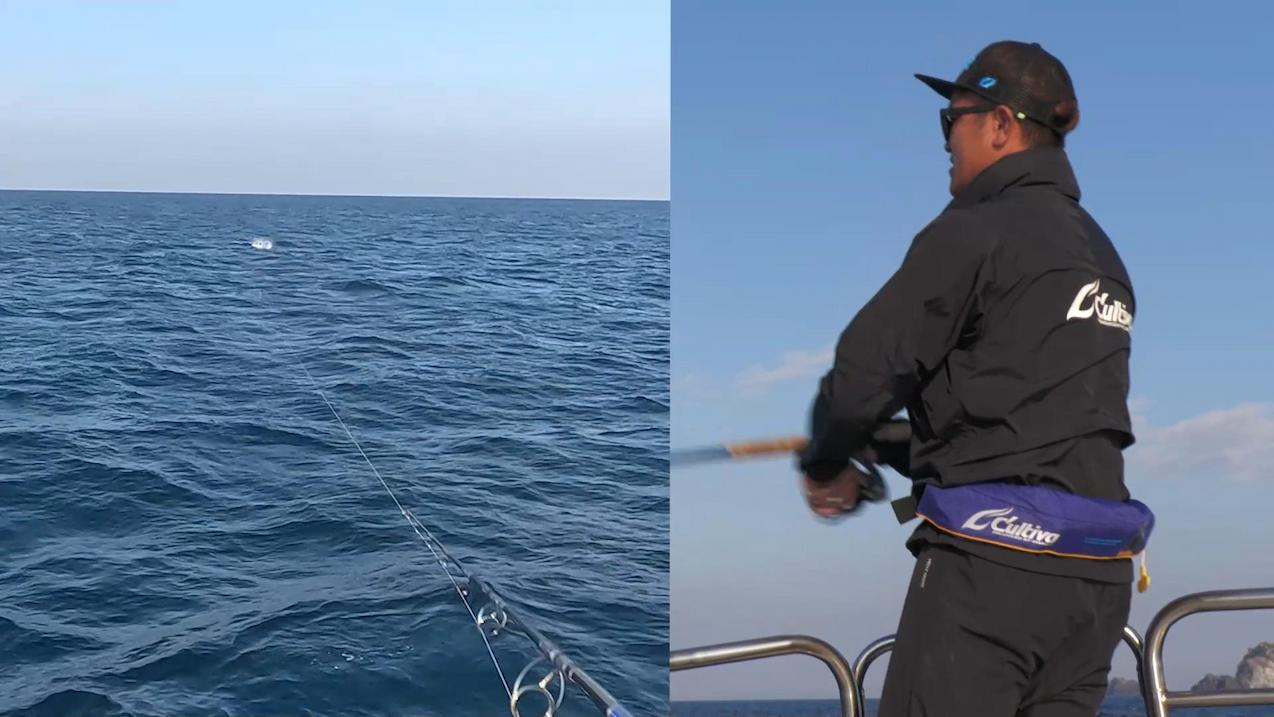
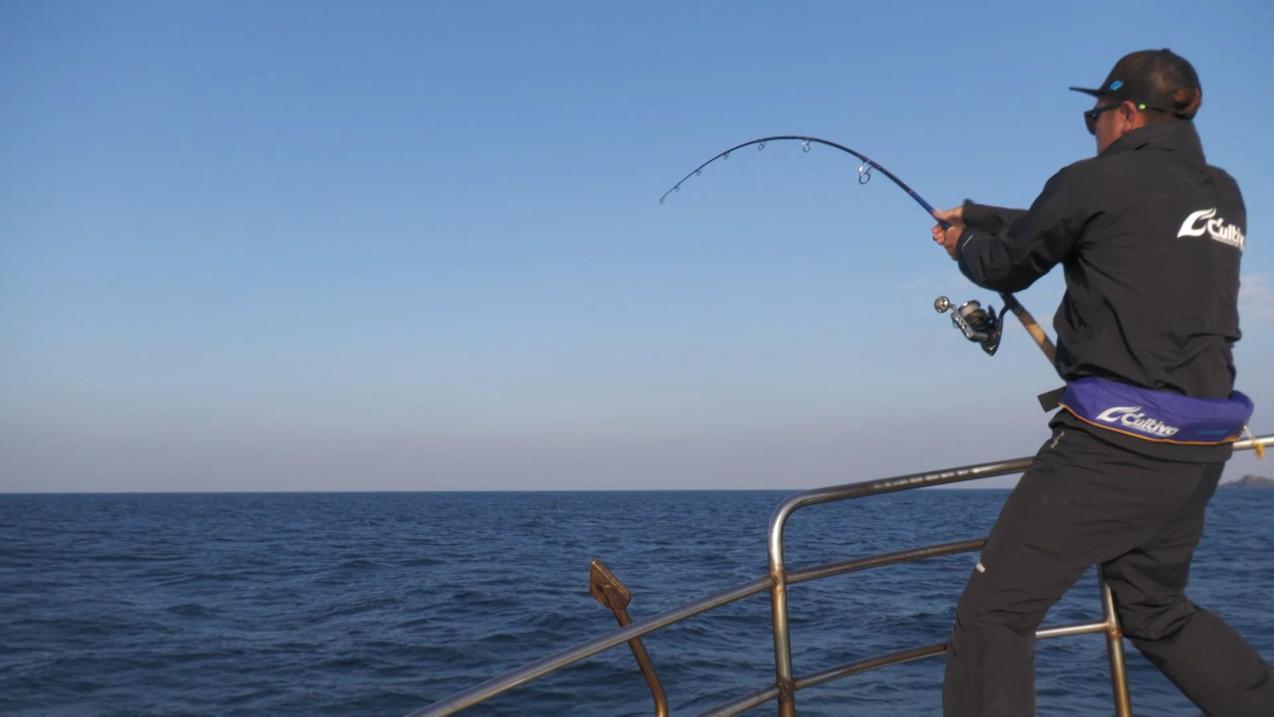
An estimated 30 kg-plus fish finally showed up. Koga-san pulls the line from the reel vigorously, bends the rod, and endures the fight of the huge sunfish that is trying to escape into the roots.
The 30-kg-plus fish finally appeared.
We had planned to shoot one day, but at Mr. Koga’s request, we tried on the second day. Yesterday, we headed for the Gotō area, but the conditions were tough, so today we decided to make a big change and head for the waters off Iki. Looking at the surface of the sea, we could see that dolphinfish were being chased since this morning, so we had high expectations for the day. Since the dolphin were being chased, I didn’t hesitate to start fishing with a 270mm pencil bait. Unlike yesterday, there was a breeze and the tide was flowing nicely. Above all, the sea lions’ nabura were very active. I was hoping to catch them during the first good hours of the morning, but the morning time ended in a dud.
The next point was the north shore of Iki. Looking around, we saw a number of boats gathered there. I cast a lure with this in mind, and a dolphinfish hit. This was the size of our main target, a sunfish bent over in its stomach.
After that, we went around to several places, but the situation was not good anywhere. Time passed quickly, and Mr. Koga chose the same Koshiki Sanjo as yesterday. This would be the last point. The atmosphere was not bad, just like yesterday. He had no regrets about choosing this as his last point. With this in mind, I was luring the fish with a pencil when the shadow of a huge Hiramasa caught the back of my lure, and the next moment it hit with a big splash. I set up my rod to prevent it from being brought into the roots, but the line spit out from the reel which made a violent noise. The next moment, the line blikes.
Judging from the way it attacked the lure and the fight, it might have weighed more than my personal record of 33.7 kilograms…” He was able to get the size he was aiming for, but the leader unceremoniously broke off due to root slippage.
However, he regained his composure and went for the next one, and got a hit just before the end of the day.
It might be a slip,” he said. As Koga said at the moment of the hit, “It was a slip hook when it reversed after chasing the lure. The hook of the lure used at that time was a Cartiva STX-60 #5/0 (proto). It was a nemuri-ish point, and when a fish was hooked, it held firmly and was hard to be caught. The hook’s nemuri nature makes it difficult for the tip of the hook to hit the lure.
I was able to catch two fish in two days. I managed to catch two fish in two days. But what was frustrating was that I lost the biggest fish of my life due to a line break. But this is part of fishing. I want to do my best for the next encounter,” said Koga.
Although the result was not as he had envisioned, Koga says he will make maximum preparations for the next one. His challenge to break his own record has already begun.
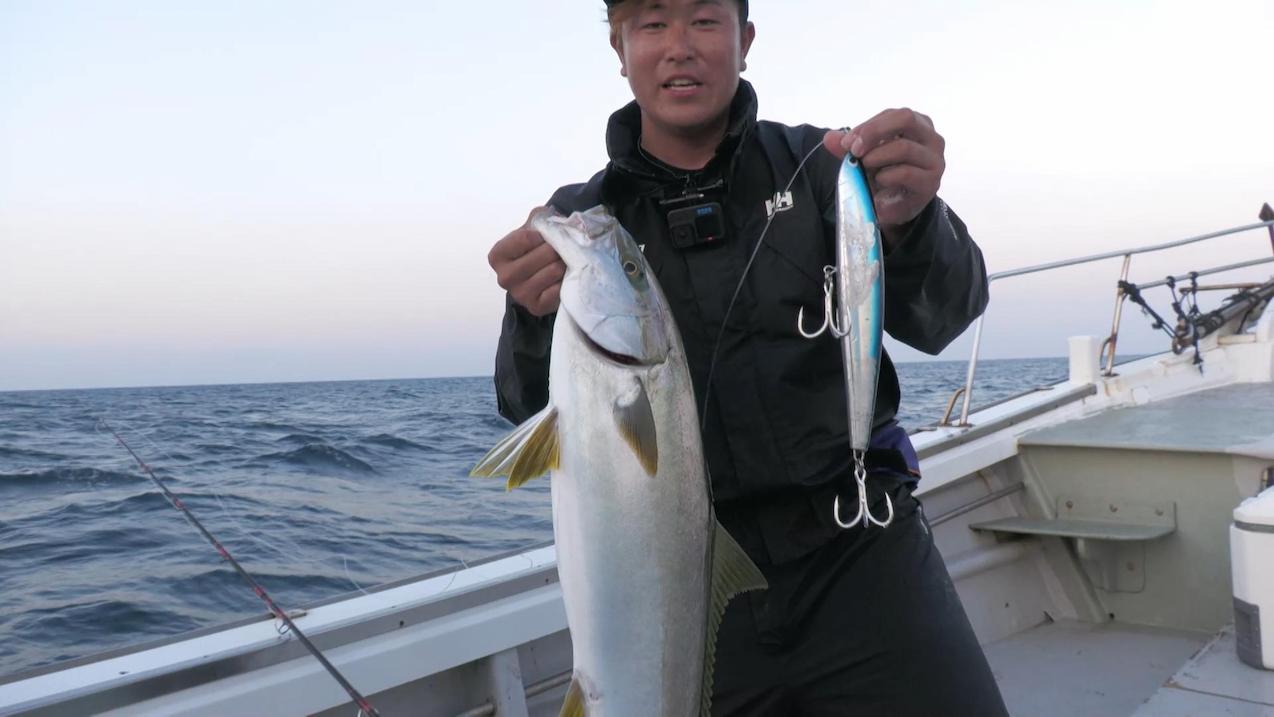
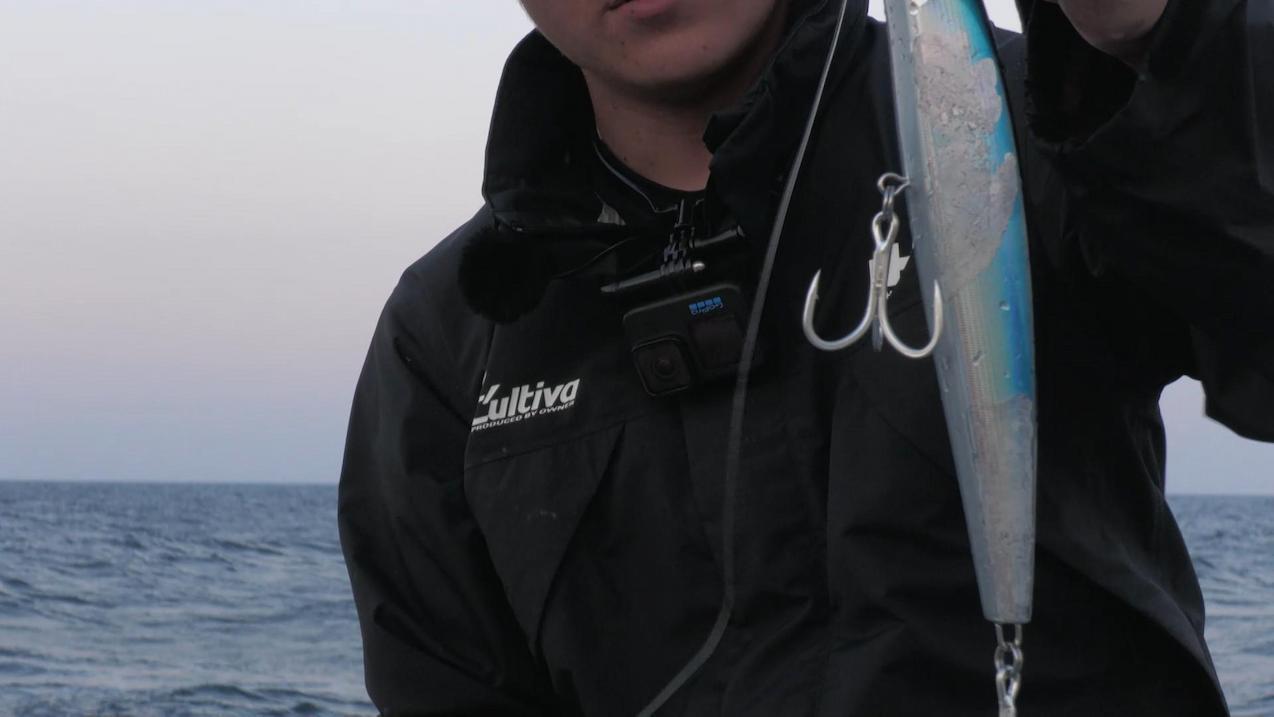
The fish was hooked by a hook when it reversed after chasing the lure. The hook was a Cartiva STX-60 #5/0 (proto). It has a high holding power at a nemuri-ish point.
For information on the Lure Paradise Kyushu TV program, click here!


